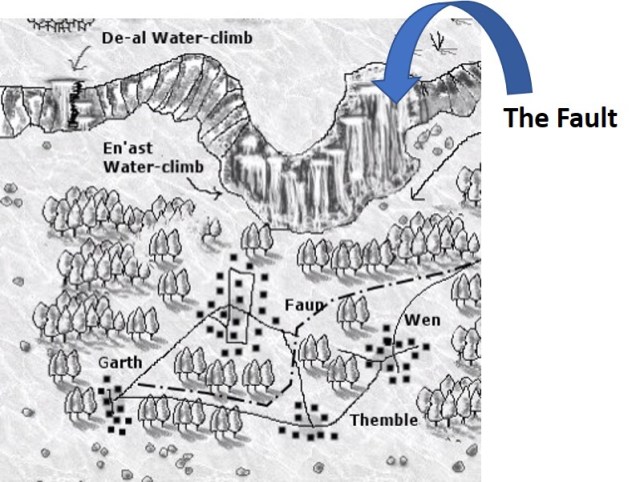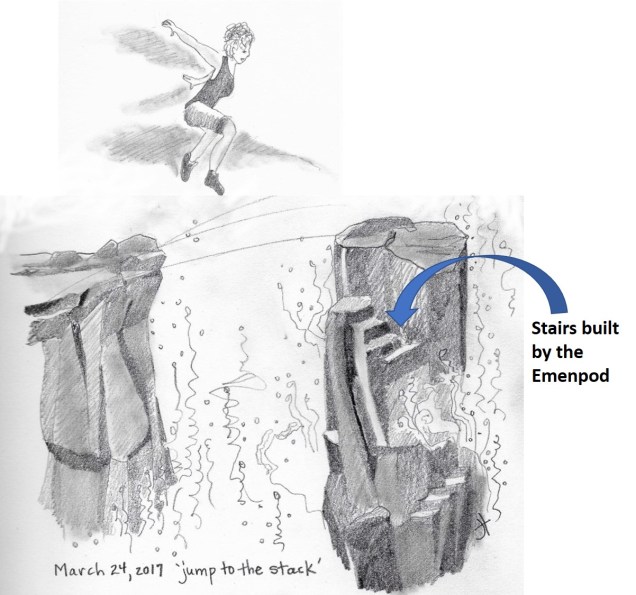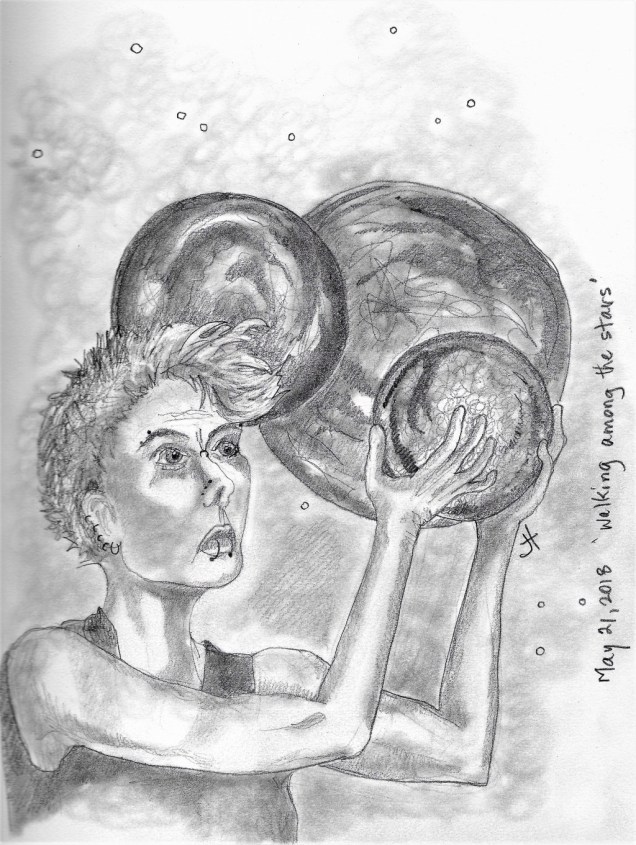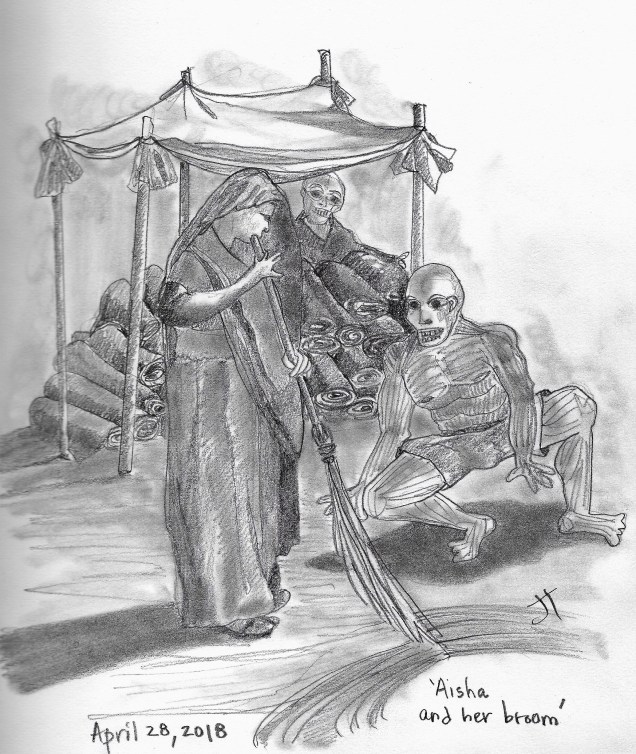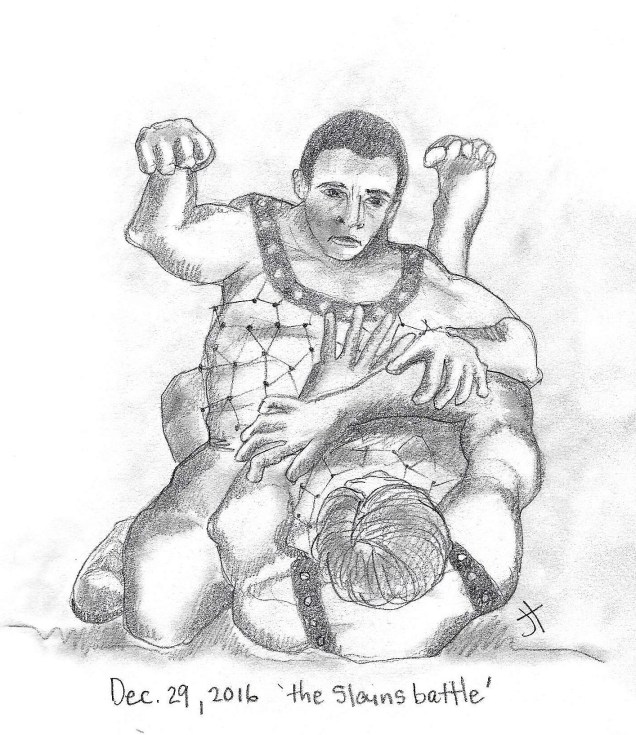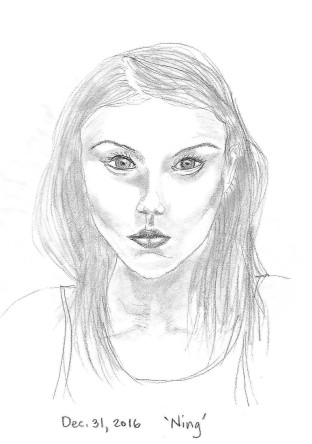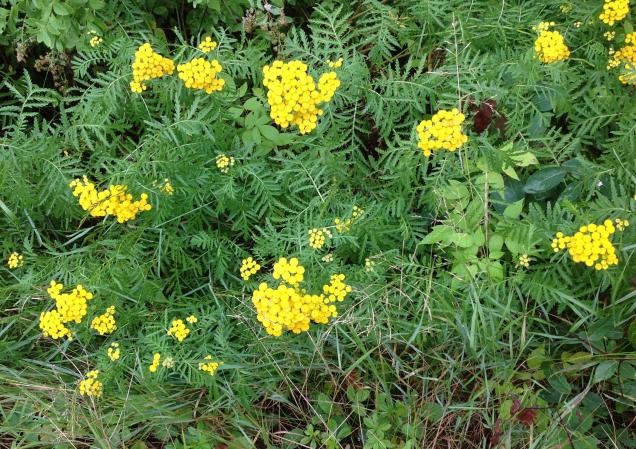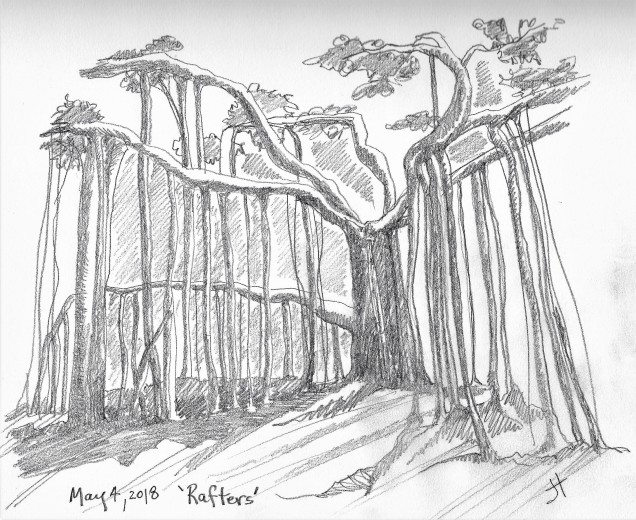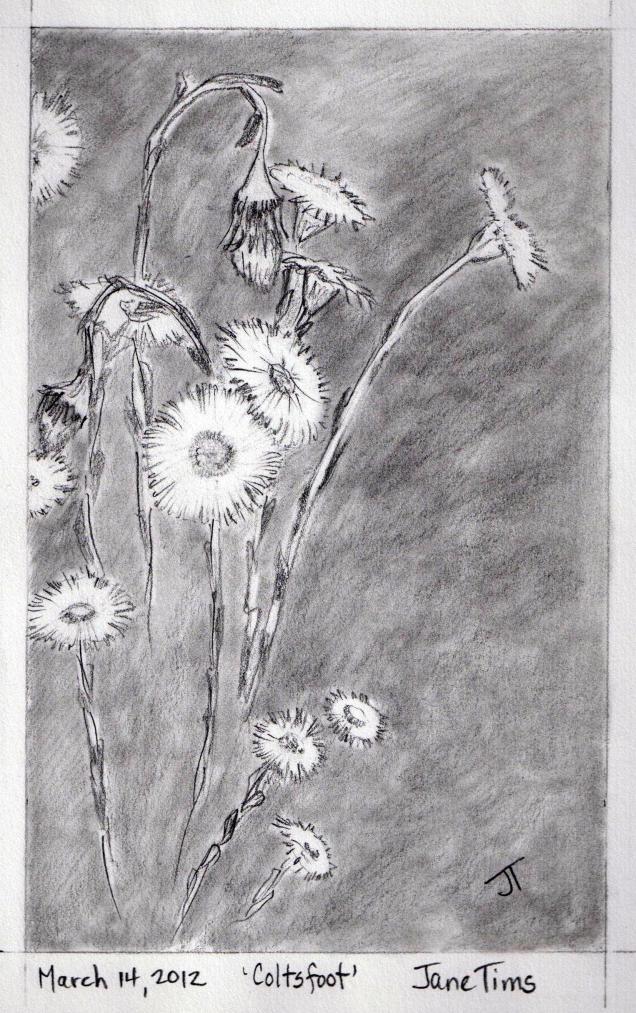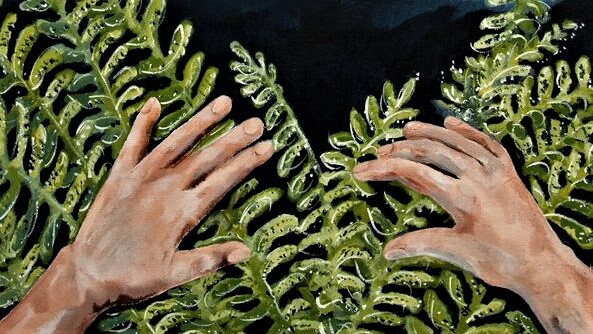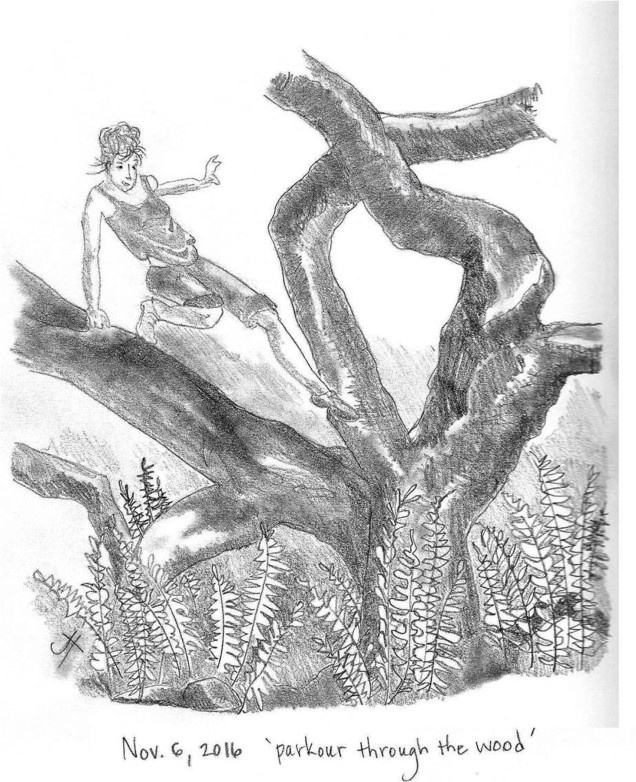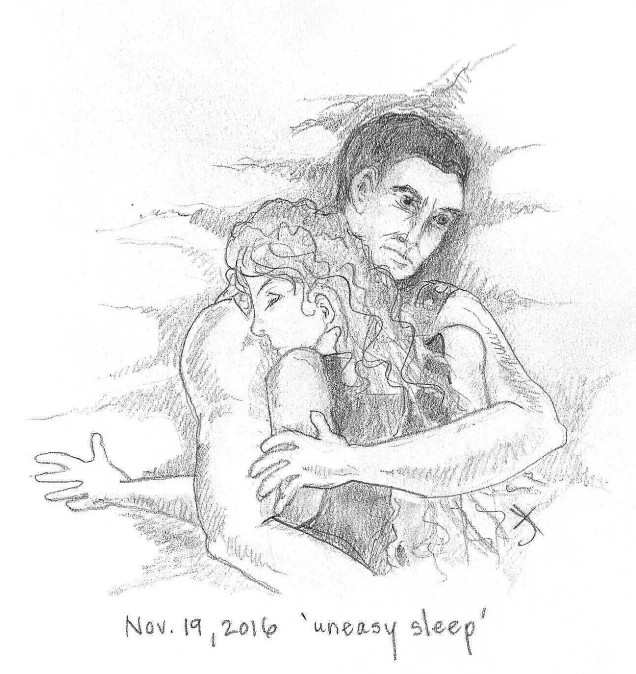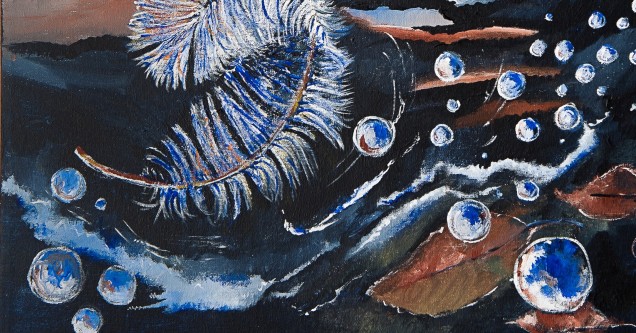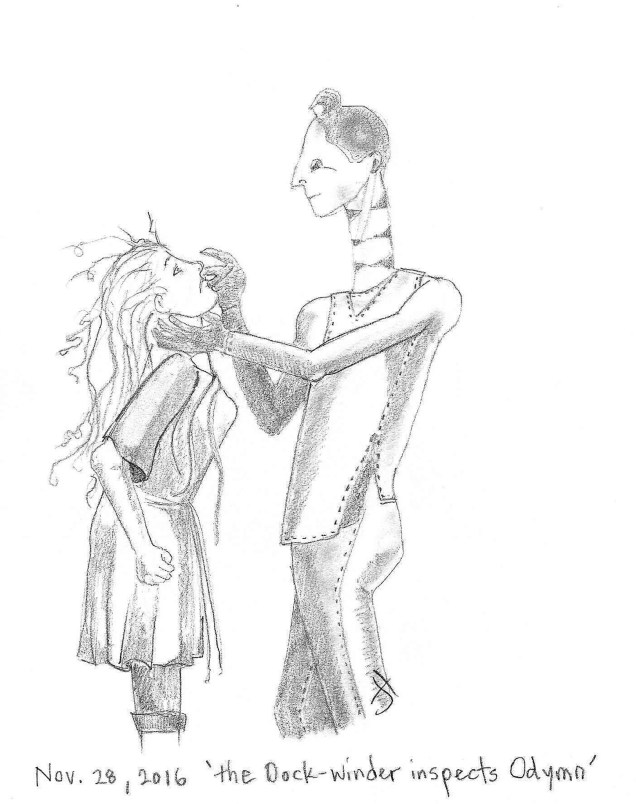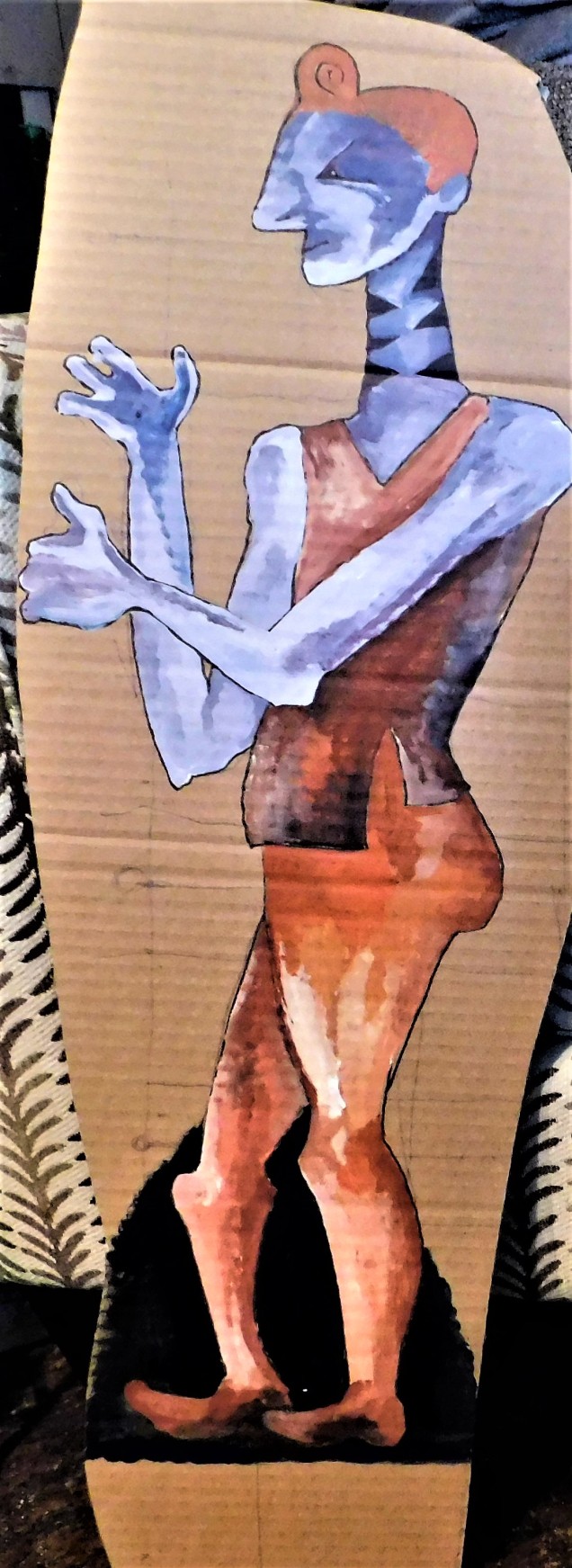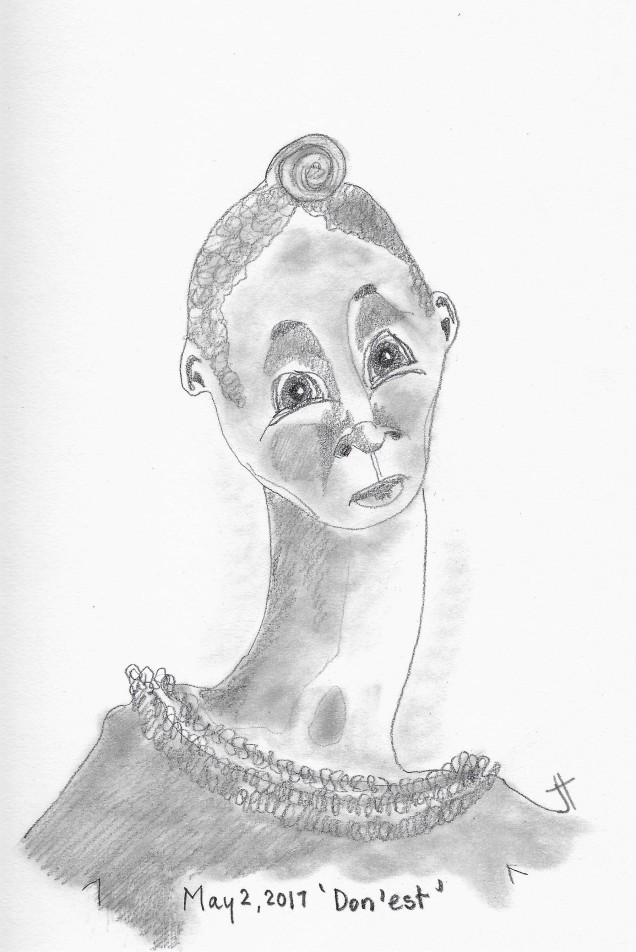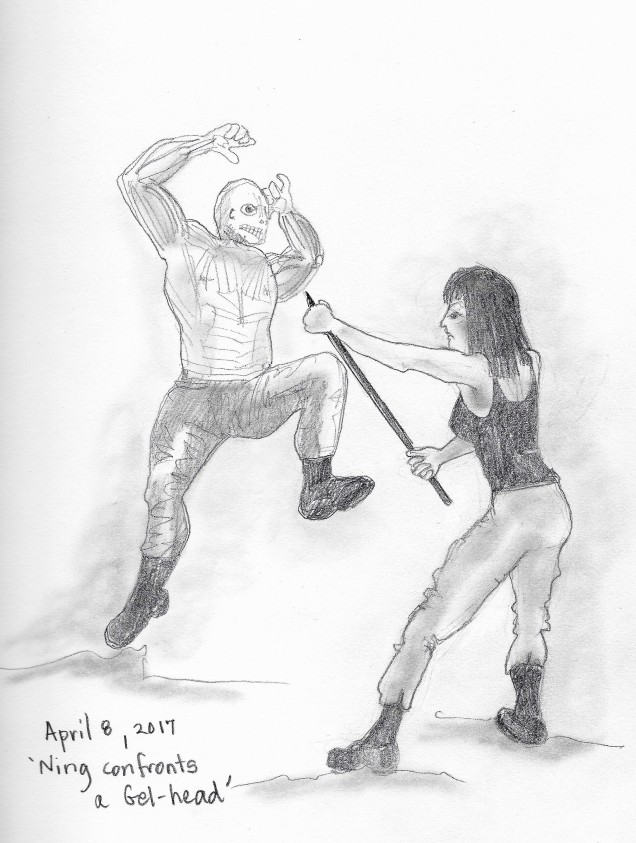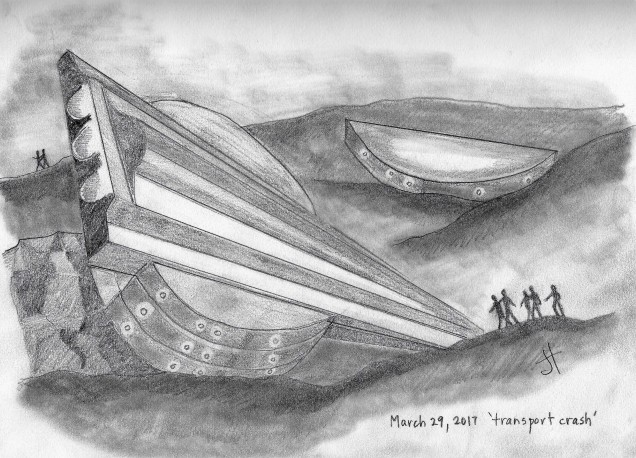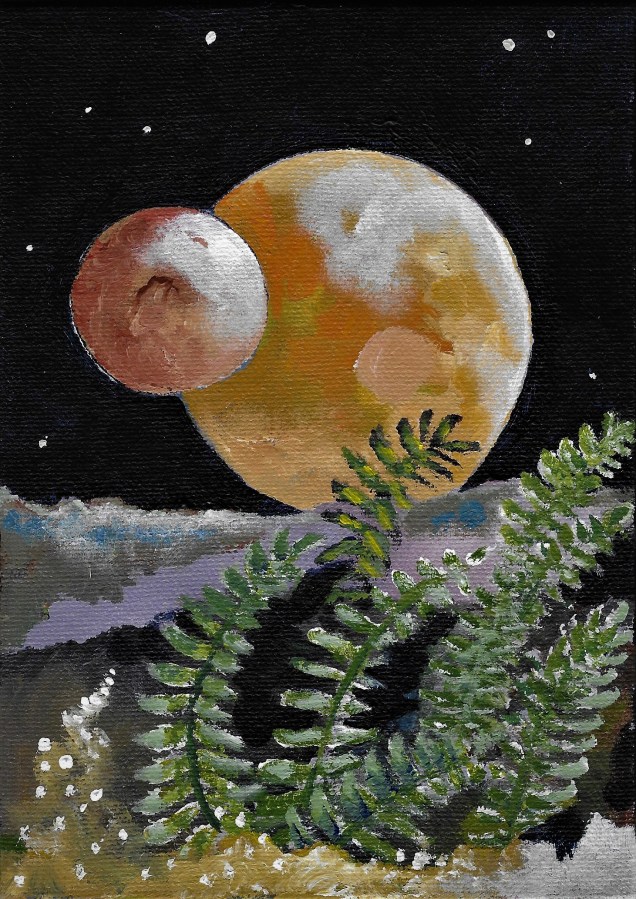The use of symbols is a key element in creative writing.
~
Symbols are settings, objects, characters or events containing layers of meaning. Beneath any literal meanings are figurative meanings that imbue the symbol with depth and significance. A common symbol encountered in literature is the ‘owl’. On one level, the owl is a feathered creature with big eyes and amazing head-turning capability; on another, figurative level, the owl is symbolic of wisdom.
~
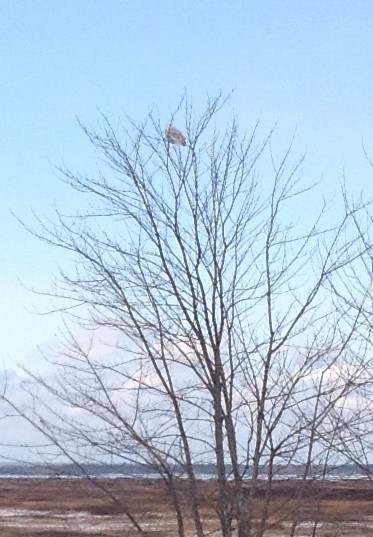
~
Mention an object once and it’s a prop, sometimes with associations. Mention it twice and the reader remembers the first mention, loaded with its connotations and denotations. Mention it three times and the associations can scream, suggest elements of plot. The object has become a symbol.
~
The use of symbols deepens meanings and helps the plot reverberate throughout the writing.
~
In the book I am currently revising (Meniscus: Encounter with the Emenpod, publication date July, 2019) my male character Rist wears gloves when he is with other people. Mentioned once, they are part of his wardrobe. Mentioned twice, the gloves are associated with his inability to touch the woman he loves. Mentioned more often, those gloves are a symbol of his separation from anyone he cares about. Even when other characters wear gloves, the reader is reminded of this separation, and all the associated history.
~

~
When I wrote the first draft of this book, gloves had no role in the story. As often happens, the symbol, the wearing of gloves, solved a plot problem. Once I had added the gloves, their mention had strategic importance. I also realized that gloves had already been included in the plot, in an entirely unrelated way. Once the gloves became a symbol of one character’s separation from others, their further mention built on the idea of separation and lack of understanding between cultures.
~
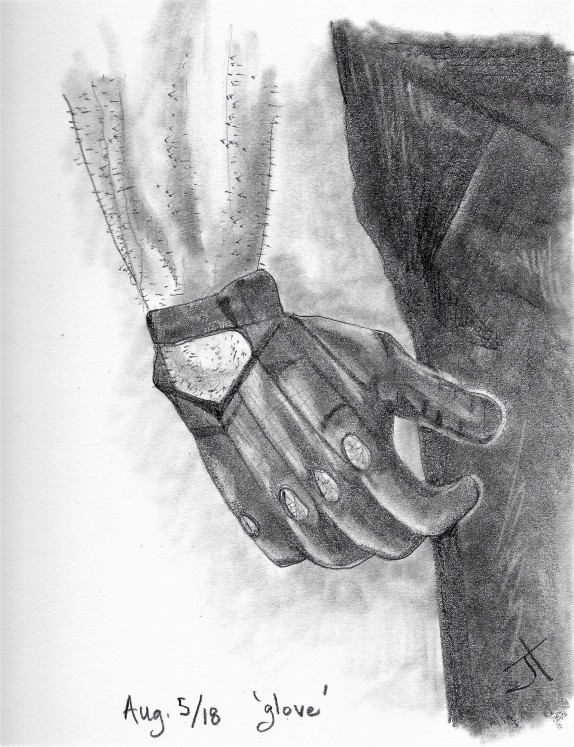
~
Symbols operate like mini sub-plots throughout story. These mini-plots echo the main plot, and, during the story, the objects change in a way that illuminates it. The mini-plots also tend to occur in three ‘beats’, providing a beginning, middle and end. For example, gloves are at first worn in every circumstance; when they are occasionally removed, risks are taken; later, when the gloves are removed forever, intimacy can grow between characters.
~
To strengthen the use of symbols in my work, I use tables. Once I have decided which symbols will be important to my story, I build a table of symbols and note where the symbols are mentioned (the three beats) and what mini-plot is suggested. Gaps in the table suggest possible revisions.
~
| Object | Symbol | Key Occurrences
(Chapter Number) |
Mini-plot | ||
| gloves | separation | 7 | 42 | 65 | Rist must wear gloves to avoid transfer of elements of body chemistry to other people; removing the gloves represents a step in committing to Tagret. |
| bell | home | 4 | 29 | 63 | the dinner bell is introduced in Meniscus: Karst Topography (September, 2018) as a symbol of missing loved ones. In Meniscus: Encounter with the Emenpod, bell ringing is the first warning the Village is in peril; later, the ring of the bell is a sign community members will return. |
| kettle | family | 5 | 33 | 58 | the cooking kettle was introduced in Meniscus: South from Sintha and has accompanied my characters on their various adventures. When tragedy occurs, a search for the kettle is representative of a search for a missing child; when the kettle is found, there is hope for the restoration of family. |
~
Symbols seem to take on exaggerated importance in science fiction. Perhaps this is because of the association with fantasy where objects often have magical significance. Fantasy and science fiction plots often involve the ‘quest’ for a significant object. Although I am sure other story-telling includes powerful symbols (for example, the ‘car’ in The Great Gatsby, symbolic of wealth), science fiction and fantasy genres are particularly proud of theirs (for example, the ‘One Ring’ in Lord of the Rings). All the more reason to embed symbols with maximum significance and meaning.
~
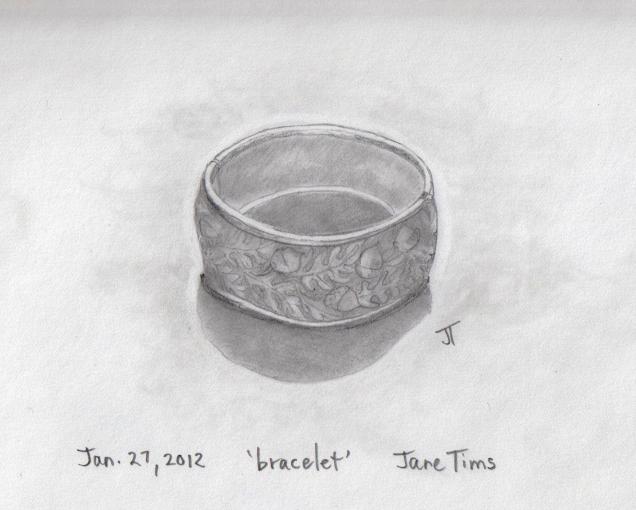
~
All my best!
Alexandra
(a.k.a.Jane)

